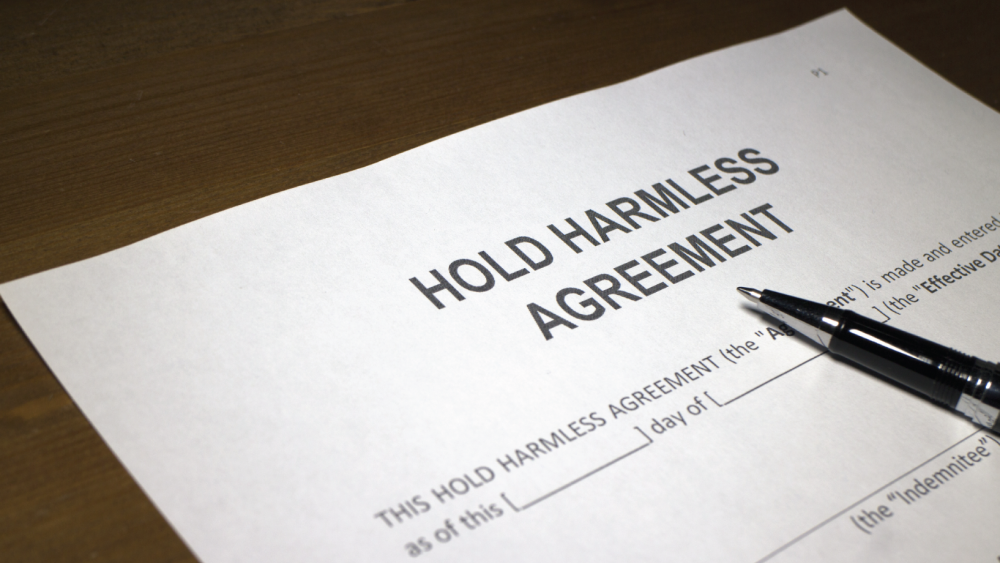Professional indemnity (“PI”) insurance (also called Error and Omission insurance) is to cover the professional persons. It protects them against legal liability to pay damages to persons who have sustained financial loss arising from their own professional negligence or that of their employees, in the conduct of business. Nature of the professional indemnity insurance claims is that they can raise many years after work was performed (standard limit is usually 6 years). This long-tail liability claim brings additional complexity in underwriting this risk and it is important to avoid some mistakes to be properly covered. Considering the nature of the risks, it is not surprising to see huge difference in pricing between different insurers. It may come from insurer’s risk appetite but most likely due to differences in policy wording and/or extensions. Here are below 8 important points to review when buying professional indemnity insurance policy:
Disclosing professional activities
You need to clearly state all professional activities that your company is performing, clearly and specifically to avoid misunderstanding. Activities your company was performing before but no longer does (and no more income resulting from this activity) should also be listed as there is a risk of claim resulting from this activity, even few years later, that won’t be covered if it wasn’t mentioned in your contract.
Liability limits
The annual limit of your policy may include costs or exclude them. Main costs under PI is legal costs, and many contracts will set limitation much lower than annual limit for those costs. Keep in mind that PI claim may not result in indemnity payable, but you will have to involve legal fees to protect your business. The fees can quickly add up, affecting your company cashflow. It is therefore wise to make sure the annual sum insured is inclusive of costs
Excess
Excess is the part payable by you before the coverage kicks in. It is often that PI policies are negotiated with high excess as it will reduce the premium significantly. However, keep in mind that many policies may include that you to pay excess as soon as costs are involved. If excess does not apply on costs, you will have to pay the excess part only at the settlement of the claim.
Retroactive date
Retroactive date is key to define which past work will be covered by the ongoing policy. If company buy PI insurance for the first time, it is most likely that coverage will start at inception date of policy and no retroactive date will be offered. It is important however to have no break in cover otherwise the company will be exposed to past work claim and the day insured decides to buy this policy again, insurance company won’t offer them retroactive date coverage. So even if a company has low level of activity at some point, it is important to make sure that the policy is renewed every year without break in cover.
Change of business structure
If your company has been sold, acquire or merged with another entity, it is important to update your policy and keep all entities, even previous entity names that no longer exist, under the policy so liability arising from that entity will still be covered.
Policy termination
Policies may include a cancellation clause and be terminated in middle of year and premium refunded on pro-rate basis. But the day the policy is stopped, all future claims won’t be covered, and it will expose you to liability risks even if business is no longer operational. To avoid this risk, it is important to maintain the policy longer or negotiate a “run-off” period.
Bodily injury and property damages exclusion.
Many PI policy will exclude bodily damages and property damages. This risk is mostly related to public liability claims, but it could also be related to professional services rendered. This is key to cover those risks for some activities like construction. Indeed, an engineers or architect designing a new machine or building can be sued following property damages or bodily injury resulting from faulty design or negligence. Without this extension clause, they won’t be properly covered.
Consequential loss exclusion
This is a usual exclusion in PI policy. It is meant to exclude all consequential loss. This exclusion may end up being very tricky and insurers are not always very clear with the implication of such clause. In the example mentioned above of a building collapsing following miscalculation of weight bearing capacity, the insurer will only cover the direct loss. Hard to tell in that example what the direct and non-direct losses are, and you will most likely be ending up non cover at all.
There are many pitfalls with professional indemnity insurance policy and comparing those policies isn’t an easy task. Often purchasing decision is made only on sole aspect of price as this policy is bought at the request of a client to win a contract. Since these clauses will not appear in your policy certificate, it won’t affect the final decision of your client if they are not included. But understanding your actual liability and limitations of your policy are key to mitigate your company risks. Make sure your insurance intermediary is knowledgeable enough to advice you properly.
For any request, please contact our team in China, Hong Kong and Singapore and we will be advise you accordingly.



Comments are closed.